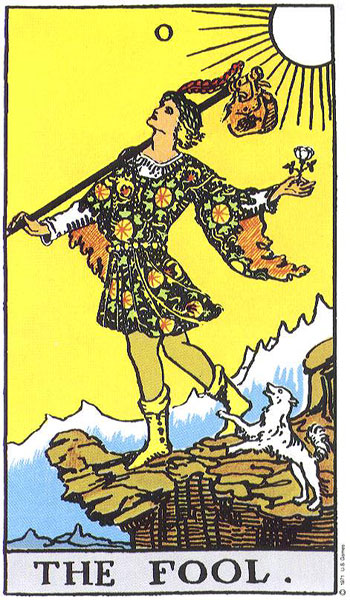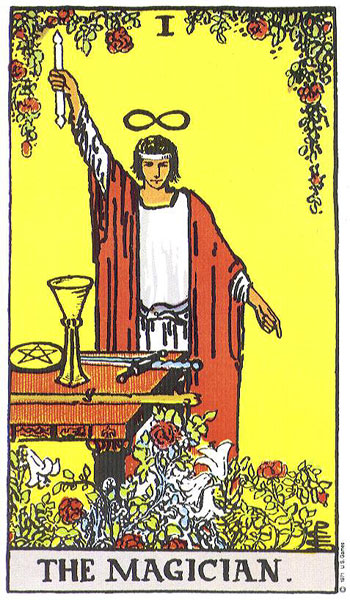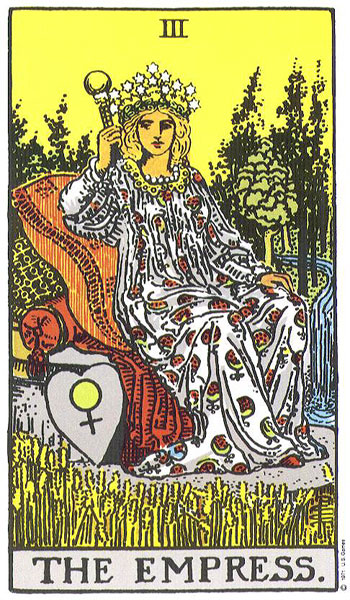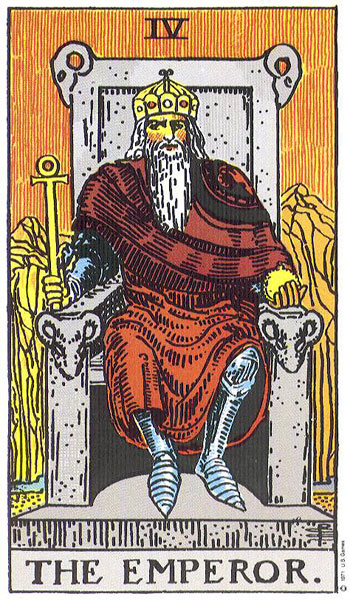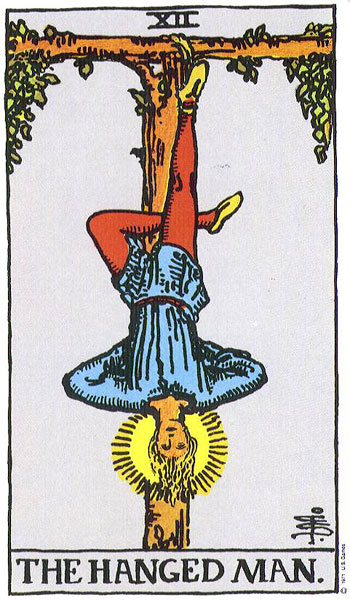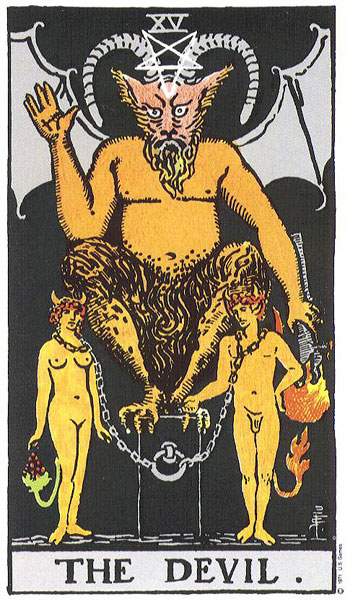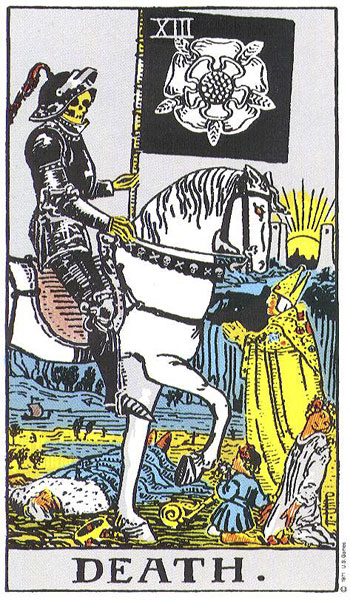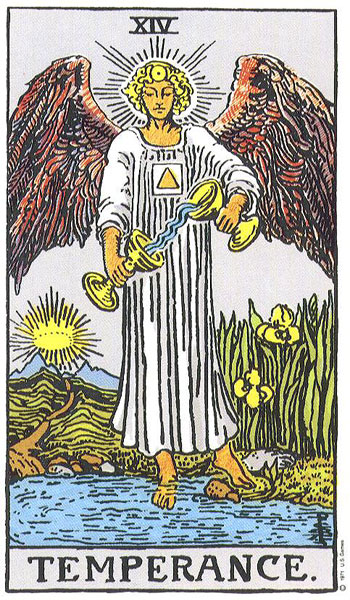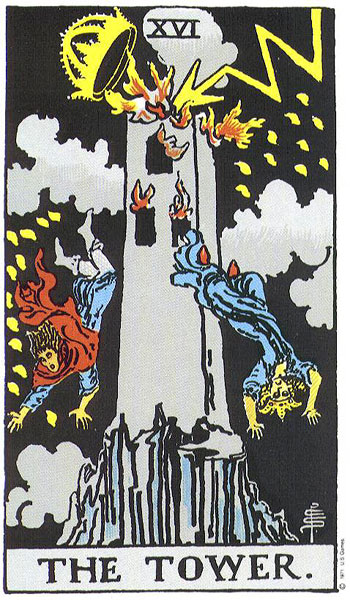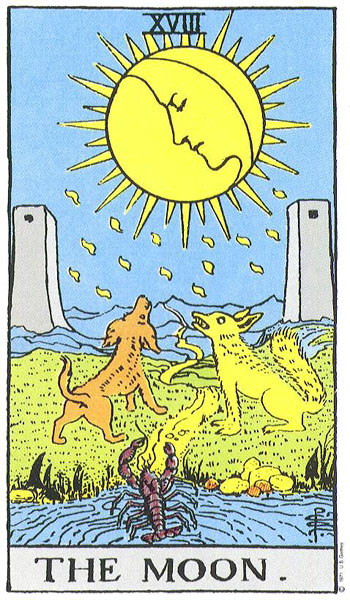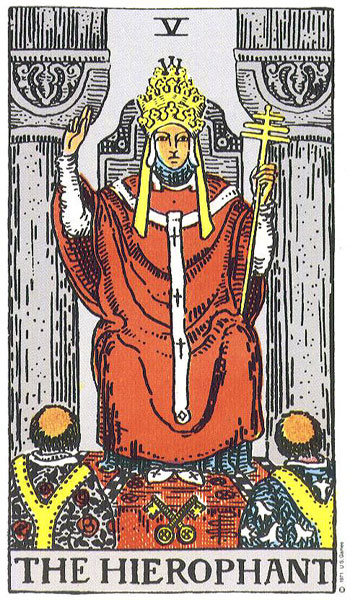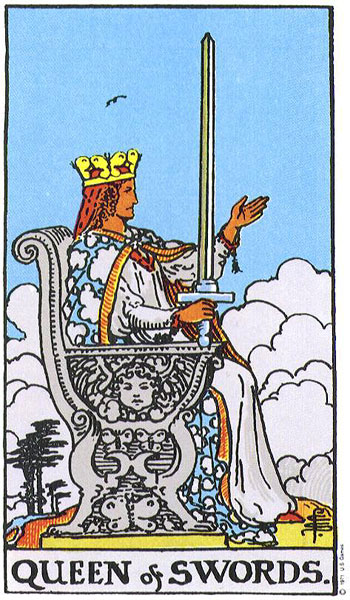 |
| source |
Poles are singled out, as in the Polak joke, because Poles were a large, representational group in the c. 1880-1924 immigration, and because many notorious Nazi death camps, like Auschwitz, were in Nazi-occupied Poland. So, if you want to combine the image of the brutal, stupid peasant with absolute evil, Poland is the go-to location for the stereotyper.
But sometimes other groups are singled out. During the breakup of the former Yugoslavia, the American press said things about Serbs it would not say about any other group. Serbs were the new Polaks. The New Yorker talked about driving a stake through the heart of evil Eastern Europeans. Newsweek talked about Serbs as having a "talent for hate and an aptitude for losing." NPR referred to Eastern Europeans' "stink" their "drunken ditties" their "deep seated and emotionally unassailable stupidity" and their "smoke darkened icons."
As "Bieganski" shows, the press followed utterly different rhetorical rules when discussing events in other parts of the world, during the genocide in Rwanda, for example. No one dared referred to Africans' "stink;" in fact journalists and politicians pre-empted stereotyping when discussing that tragedy.
On August 6, 2011, the NPR quiz show "Wait Wait Don't Tell Me" depicted Lithuanians as perfect Bieganskis. Lithuanians are nationalistic in a hostile, stupidly comic way. They are upset and confused that their country lacks tourism, and convinced of their country's appeal. They believe, foolishly, that Lithuania possesses "majestic Baltic shores."
In fact, though, Lithuanians are violent brutes: they have the highest murder rate in the European Union. And they are unworthy of notice, as NPR panelist Charie Pierce points out: "Lithuania's place in European history is roughly the same as its place on the European continent, namely, on the far north side of the stuff you've actually heard of."
One of this segment's many punch lines: a potential tourist responds to an appeal to visit Lithuania with the line, "I'm convinced. Book me on a one-way ticket to Vilnius." The very idea of travel to Eastern Europe is so repugnant that it is a punch line that someone would want to buy a ticket to go there.
Lithuania stinks. We know that, because panelist Amy Dickinson's punch line is "the unforgettable smell of Lithuania," after which, as the NPR transcript helpfully points out, the audience laughs.
What does Bohunk Lithuania smell like? Dickinson tells NPR listeners: "sausage, cigars and the raw smell of fear." Again, the audience laughs, as noted on the NPR transcript.
Lithuanians are fat; they eat primitive foods, and they are unappealingly Catholic. A "fat friar" from Lithuania "lived on bread and goat cheese. He also weighed approximately 280 pounds."
Mo Rocca knows that Lithuanians, like all Bieganskis, are comically, stupidly, nationalistic, involved in pointless quarrels with other, equally negligible nationalities, obsessed with their own image, and that they devote an inordinate amount of time in fumbling efforts to improve their image:
"The Lithuanian people have had it. They're sick and tired of the outlandish lies they believe Americans tell about them. 'The American people must understand,' says Cultural Minister Jon Mokus, 'that we're not just a bunch of basketball playing, folk dancing, potato dumpling eating yahoos.'
And to combat these scurrilous stereotypes, the government of Lithuania has completed work on Mithuania, a 1,000 acre theme park in Central Missouri, dedicated to righting wrongs about the Baltic country.
Visitors are greeted by giant walk-around puppets, dressed as famous Lithuanians like Charles Bronson and Monica Lewinsky. Rides include a cold beet soup flume ride. The most popular attraction at the park? The live show Latvia Shmatvia, a blistering song and dance takedown of neighboring Baltic Republic and bitter rival Latvia, in which Latvians are portrayed, in the words of Jon Mokus, 'as folk dancing, potato dumpling eating yahoos.'"
If you protest this, you are a Bieganski: stupidly convinced that sophisticated Americans like NPR panelists and NPR listeners actually tell, and laugh at, ugly jokes about you.














